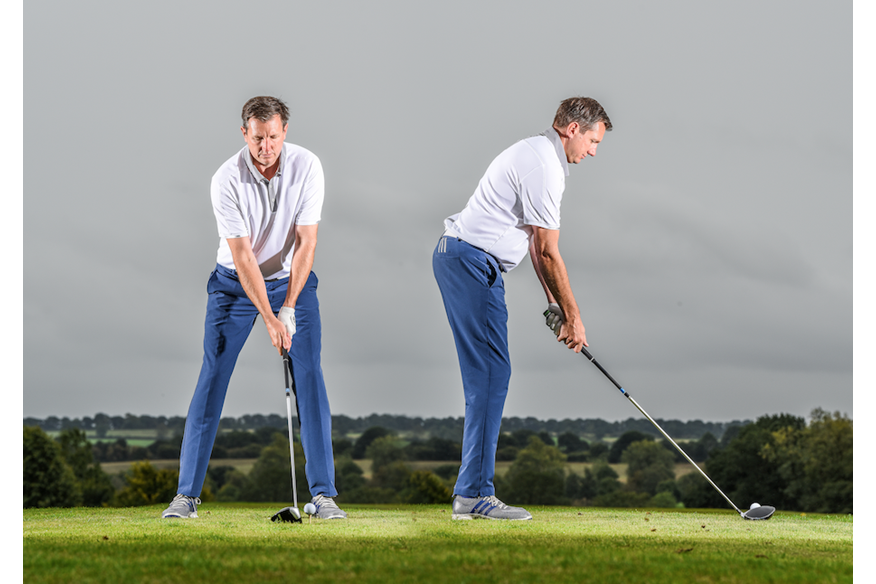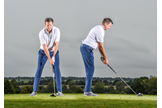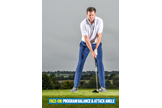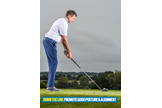Set-Up: Check your basics
Last updated:
Power Game: Check your basics
Our swing is only as efficient and powerful as your set-up allows it to be. Your address position needs to be constantly monitored, but it’s especially important to get it right at the start of the season, because it helps you develop good traits that will hold you in good stead throughout the summer.
Use this refresher to get back in to the best shape.
Face-on: Program balance & attack angle
Ball Position
The bottom of the golf swing’s arc falls broadly under the lead chest, so let this guide your ball position. The only time you should be positioning the ball forward of your low point is when the ball is teed up – as here, with the driver – and you are looking to sweep the ball away. On all ground shots where you are looking to compress the ball, play it behind the low point to promote a descending strike.
Elbow orientation
Allow your trail elbow to open out so the bone points down to the trail hip. This encourages the ideal folding action that sets a good radius for your swing. Your lead elbow can point more down the target line; this puts the arm in its strongest orientation, which is ideal for impact.
Foot Positioning
Remember that the swing gets longer with the club, and needs more balancing. So allow your stance to get wider up to the driver, where a good guide is insteps under your shoulders. Turn both toes out slightly to promote core rotation both back and through
Weight distribution
A good address is also a stable one, and that begins with setting your weight and balance. Look towards a 50-50 split both front to back and left to right. Try to create maximum pressure down through your laces and to use this pressure to feel ‘grounded’. With driver you can favour the trail foot a touch to promote powerful backswing pressure shift.
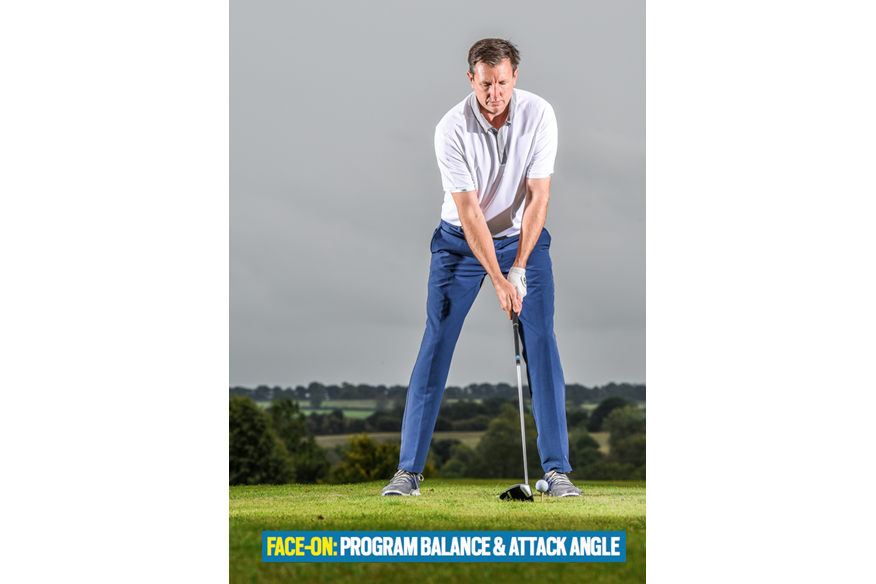
Down the line: Promote good Posture & alignment
Alignment
For a straight shot, feet, hips and shoulders will ideally be in line with each other and parallel left of the ball-target line. Watch for the common error of aiming your body at the target, as this can push clubface and ball to the right. Also, pay more attention to forearm alignment. If the trail arm sits higher than the lead, you are probably standing open; lower, you are likely closed.
Posture
Remember to tilt forward from your hips, not your waist, to form your address. Keep your spine comfortably extended and your neck neutral, neither pushed back or falling forward. Allow a leg flex that puts the knees above your laces, and a vertical line from your ankles to your hip joints.
Distance From Ball
Bend forward so that, with your arms hanging comfortably from your shoulders, there’s a reasonable gap between your hands and thighs. Don’t feel like you are reaching for the ball, or that you’re cramped up. A good check here is that the shaft should point up towards your belt buckle – a rule that applies as the club gets shorter and its lie angle becomes steeper.
Grip
The most orthodox hold sees the glove badge and trail palm generally facing the target, and the two Vs formed by thumbs and forefingers pointing up towards your trail ear. There is room for variation on this, as long as your hands feel unified, relaxed and alive on the club. Keep the pressure light to avoid tension in your forearms.

